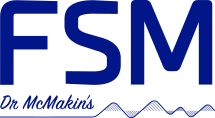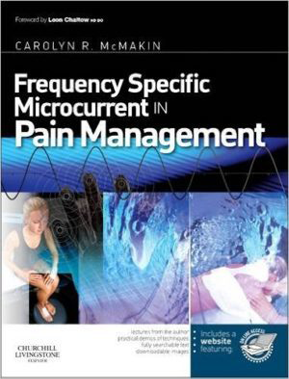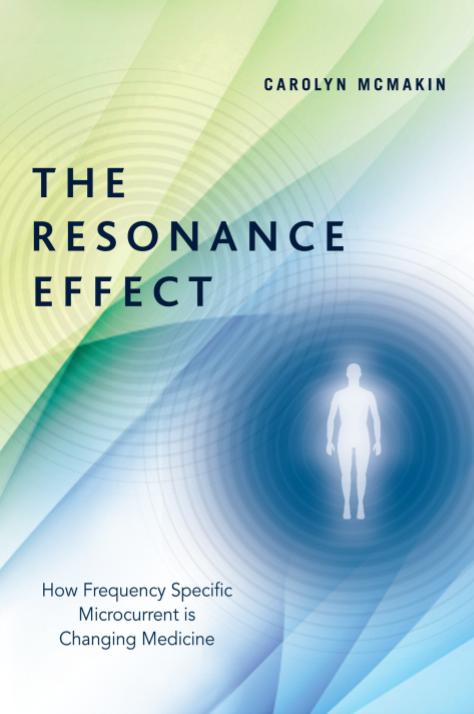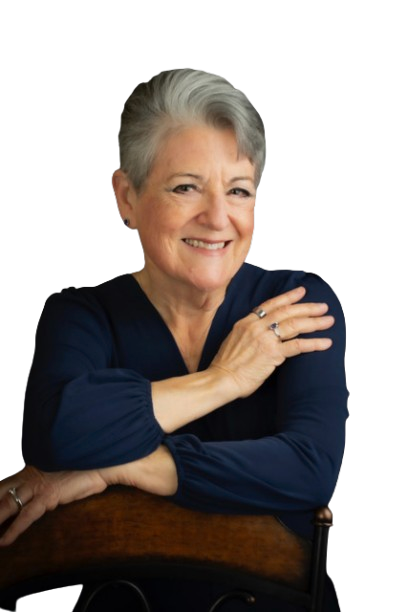
Dr. Carolyn McMakin
Developer of Frequency Specific Microcurrent
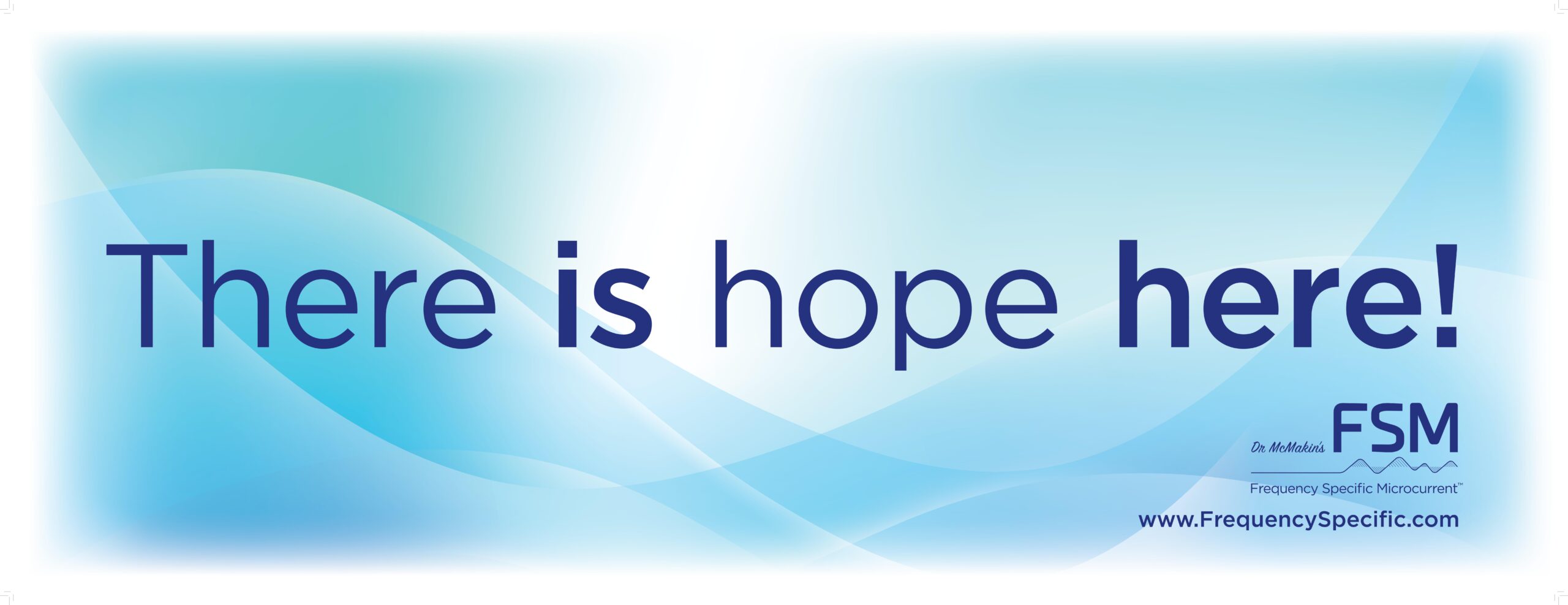
What is Frequency Specific Microcurrent (FSM)?
Frequency Specific Microcurrent (FSM) is a remarkable therapeutic tool you probably didn’t know you needed, capable of achieving outcomes you might have thought impossible.
As a physician and researcher who’s worked with this technology since 1995, I’ve seen FSM change medicine one patient at a time. FSM uses extremely low amperage current—measured in microamps, about 1/1000th of what you’d find in TENS units—combined with specific frequencies that appear to resonate with particular tissues and conditions in the body.
For example, certain frequencies can target inflammation in nerves, while others address scarring in fascia. This precision targeting allows us to treat conditions that were previously difficult to address, from chronic pain and neuropathy to visceral conditions. The current increases ATP production in cells by up to 500%, supporting the body’s natural healing processes.
What makes FSM truly unique is its specificity—using two channels, one targeting the condition (like inflammation) and one targeting the tissue (like a nerve), creating an extraordinary therapeutic effect that’s both gentle and powerful.
My experience over decades shows that when practitioners understand both the proper protocols and principles behind FSM, they can achieve consistent, reproducible, and often remarkable clinical results across a wide range of conditions.
FSM PROVIDES PRACTITIONERS WITH A POWER TOOL TO ADD TO THEIR PRACTICE
FSM gives practitioners like you an extraordinary edge in treating patients who haven’t responded to conventional approaches. In my decades of clinical experience, I’ve seen how adding this modality can transform a practice by offering solutions for those “impossible” cases that walk through your door. The beauty of FSM is that it works within your existing practice framework—whether you’re a physician, chiropractor, physical therapist, or other licensed practitioner—without requiring you to abandon what you already do well.
What makes FSM so valuable is its precision. Rather than simply managing symptoms, you can directly address the underlying causes of pain and dysfunction. By targeting specific tissues with specific frequencies, you can reduce inflammation in nerves, dissolve scar tissue, repair tendons, improve ATP production by 500%, and restore normal function in ways not possible with other modalities.
The financial advantages are substantial too. FSM creates an immediate profit center with sustainable returns. Most patients need multiple sessions, generating consistent revenue while requiring minimal practitioner time once you’ve set up the treatment. Insurance reimbursement is straightforward under existing e-stim codes, and many patients happily pay cash for the dramatic results they experience.
But perhaps the most rewarding aspect is watching patients recover when nothing else has helped. There’s nothing quite like having someone look at you with tears in their eyes because they’re finally pain-free after years of suffering. That’s the true power of FSM—it gives us practitioners the ability to help patients who thought they were beyond help, and that changes lives on both sides of the treatment table.
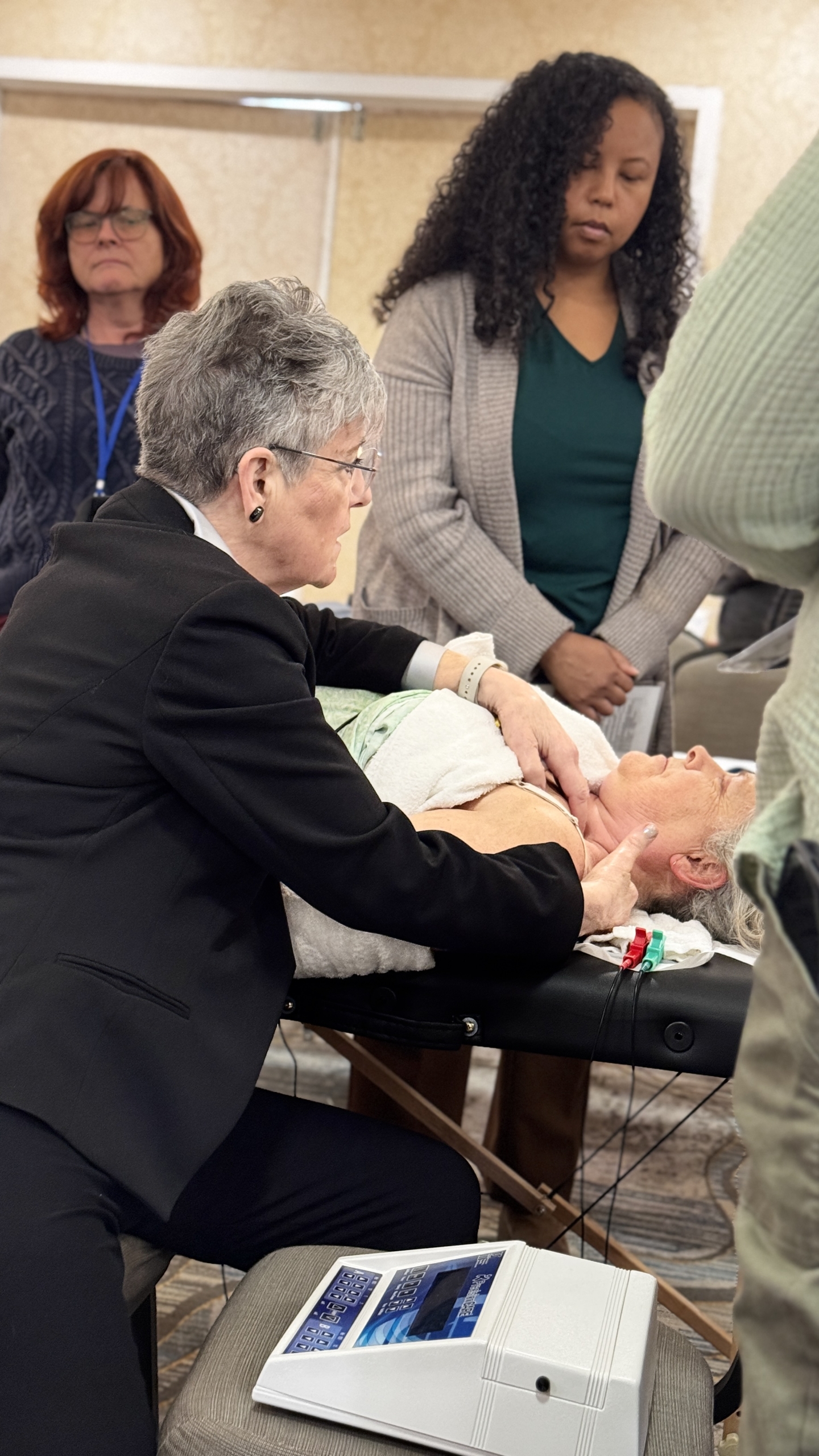
WE LITERALLY WROTE THE BOOK ON TREATMENT
The book “Frequency Specific Microcurrent in Pain Management” is the definitive work on FSM published by Elsevier in 2010. As the foundational text, it captures my journey rediscovering these forgotten frequencies and developing them into the protocols we use today.
While we recommend newcomers experience the core training first to truly understand FSM’s nuances and applications hands-on, the book serves as an excellent reference for those already trained. What many people don’t realize is that I still maintain an active clinical practice in Troutdale, Oregon, where I treat patients four days a week using FSM. This keeps me grounded in the practical applications and continually refining our understanding of what works and why.
My personal experience using these techniques on thousands of patients over decades has been essential to developing FSM into what it is today—a reproducible, teachable system that consistently delivers remarkable clinical outcomes. We’re working on an updated edition that will incorporate our newest discoveries and protocols, but until then, there’s simply no substitute for the hands-on training experience.
HISTORY OF THE FSM PROCESS
In the early 1900s, frequency therapies were widely used by physicians across the US, UK, and Germany. Thousands of doctors embraced these approaches until 1934, when everything changed with the Flexner Report. By 1927, medicine had narrowed its focus to drugs and surgery only, and frequency therapies were essentially outlawed.
The story of how FSM returned to clinical practice is almost accidental. In 1946, an osteopath and naturopath named Harry VanGelder bought a practice in Canada that came with an unusual device made in 1922 and a list of frequencies. In 1983, George Douglas, who worked with VanGelder, brought home a copy of that frequency list and tucked it away in a drawer.
It wasn’t until 1995 that Douglas found the list again and suggested we try using these frequencies with a two-channel microcurrent device. I spent 1995 and 1996 treating muscle and nerve pain, conducting blinded treatments to ensure safety and efficacy. When I first taught this method in January 1997, I wanted to determine if the results were placebo or real. By June, it was clear – the benefits were reproducible and teachable.
What makes this story remarkable is that we’re using modern technology to access therapeutic approaches that were nearly lost to history. The 1920s equipment wasn’t microcurrent, and the therapy wasn’t FSM as we know it today. But by combining those early frequencies with modern microcurrent devices that increase ATP production by 500%, we’ve created something that’s changing medicine.
MODERNIZATION OF A LONG-USED PROCESS
The frequencies were developed in the early 1900s and were used with funky-looking electronic equipment that fell out of use in the 1940s. Microcurrent was introduced as a battery-operated physical therapy modality in the 1980s in Europe and the USA. Microcurrent devices deliver frequencies and current in millionths of an amp and have been shown in published studies to increase energy (ATP) production in cells by 500%
LEARN FSM METHODS TO EXPAND YOUR PRACTICE AND HELP YOUR PATIENTS
Our learning program can be completed in person, through video recordings, or through our online courses.
| 5-Day Core or Both Modules | 3-Day Pain & Injury | 3-Day Neuro & Visceral |
| DCs | PTs | ODs |
| NDs | OTs | PhD |
| LAc | DPT | LCSW |
| MDs | DVM | LCPC |
| RNs | DDS | |
| DOs | Physiotherapist | |
| NPs | LMT | |
| DOM | ||
| CNHP |
